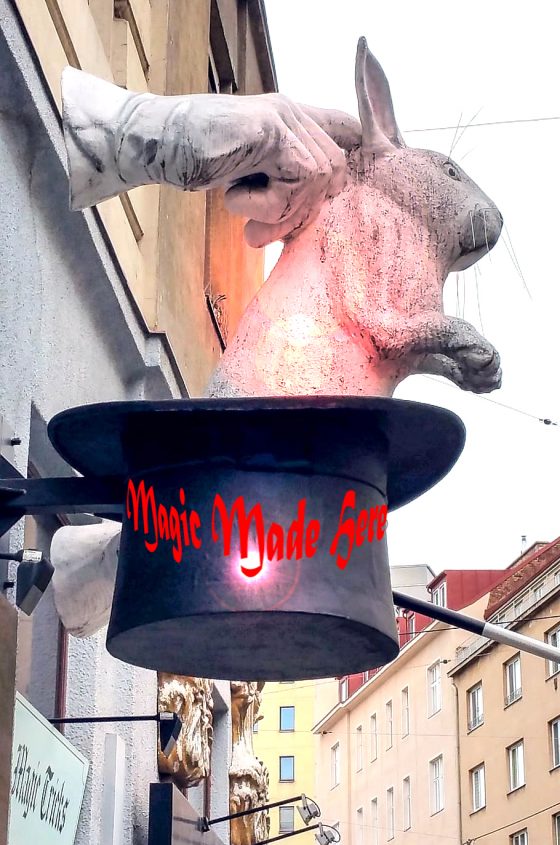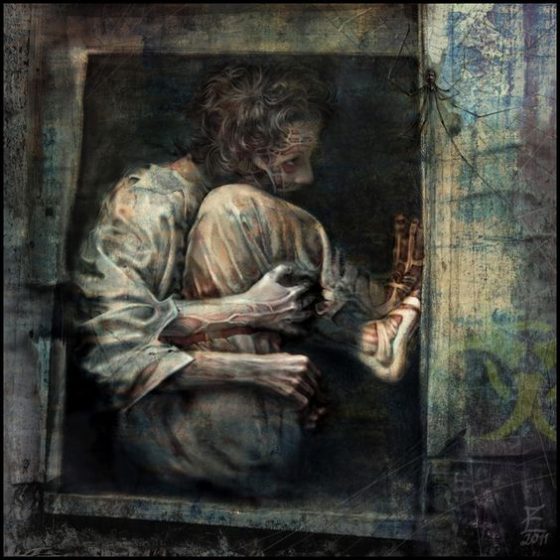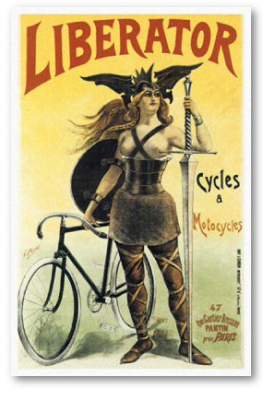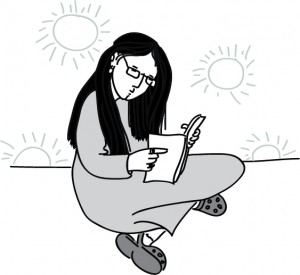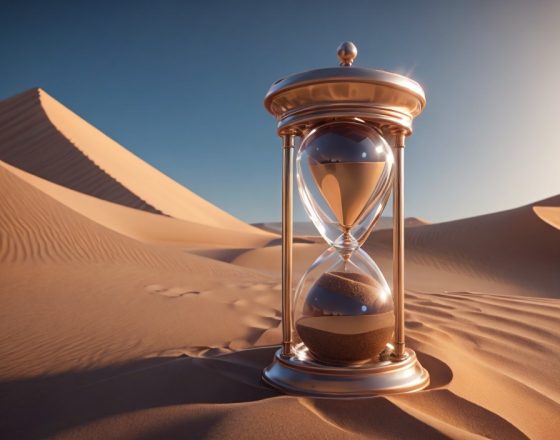
The past is gone. The future hasn’t happened yet. The present is a liminal space between two non-existent things. We’re encouraged to stay present and live in the moment. But who really does that? Primarily, it’s young children and adults under duress. Young children live in the moment; their time is now. A toddler of a certain disposition doesn’t understand that taking a nap now will make them happier later. That kind of thinking requires conceptualizing a future self and taking actions now for its benefit. Those concepts take time to develop. Children typically develop time perception roughly equal to that of an adult by about eight years of age. [(2021) Development of Young Children’s Time Perception: Effect of Age and Emotional Localization] Another set of humans who are trapped in the moment are people caught in disasters — be it wars, personal attacks, illness, weather events, or earthquakes. Like young children, these individuals are also anchored in the present. When faced with the immediate demands of a catastrophe, there is little room left to consider the past or the future. Typically, as adults, we find ourselves oscillating between the past and the future, seldom pausing to embrace the now.…

